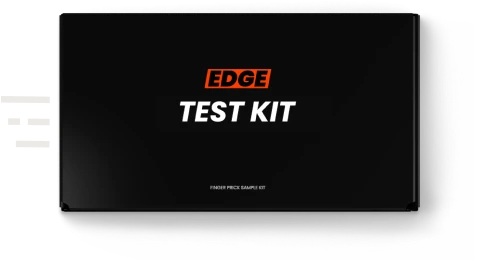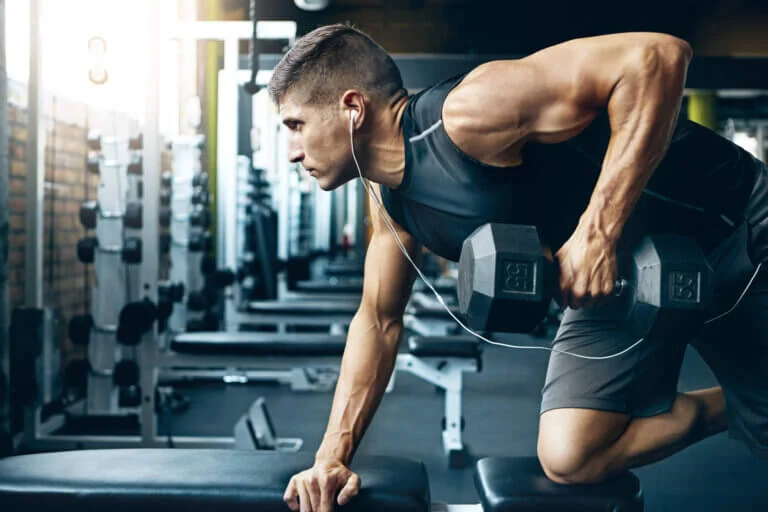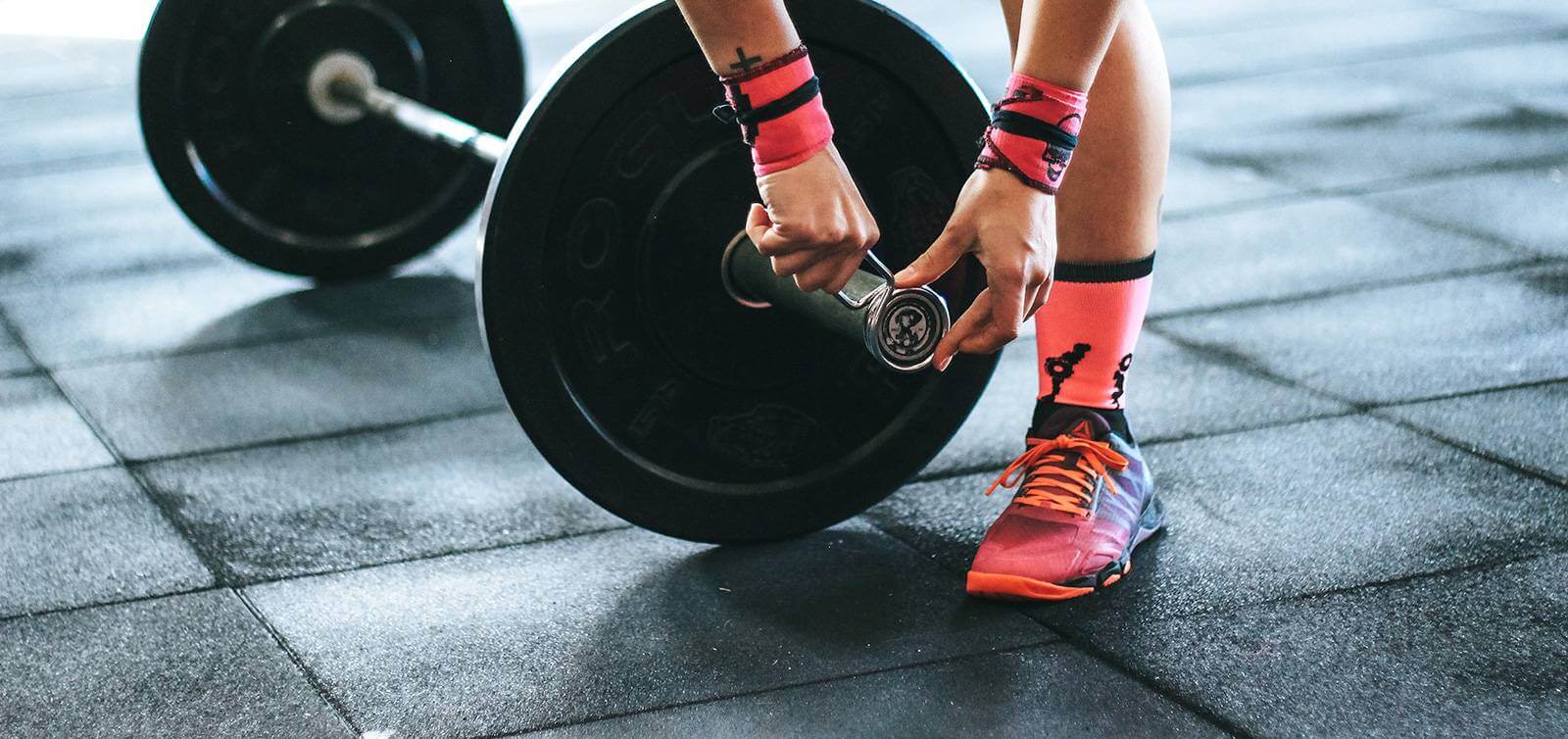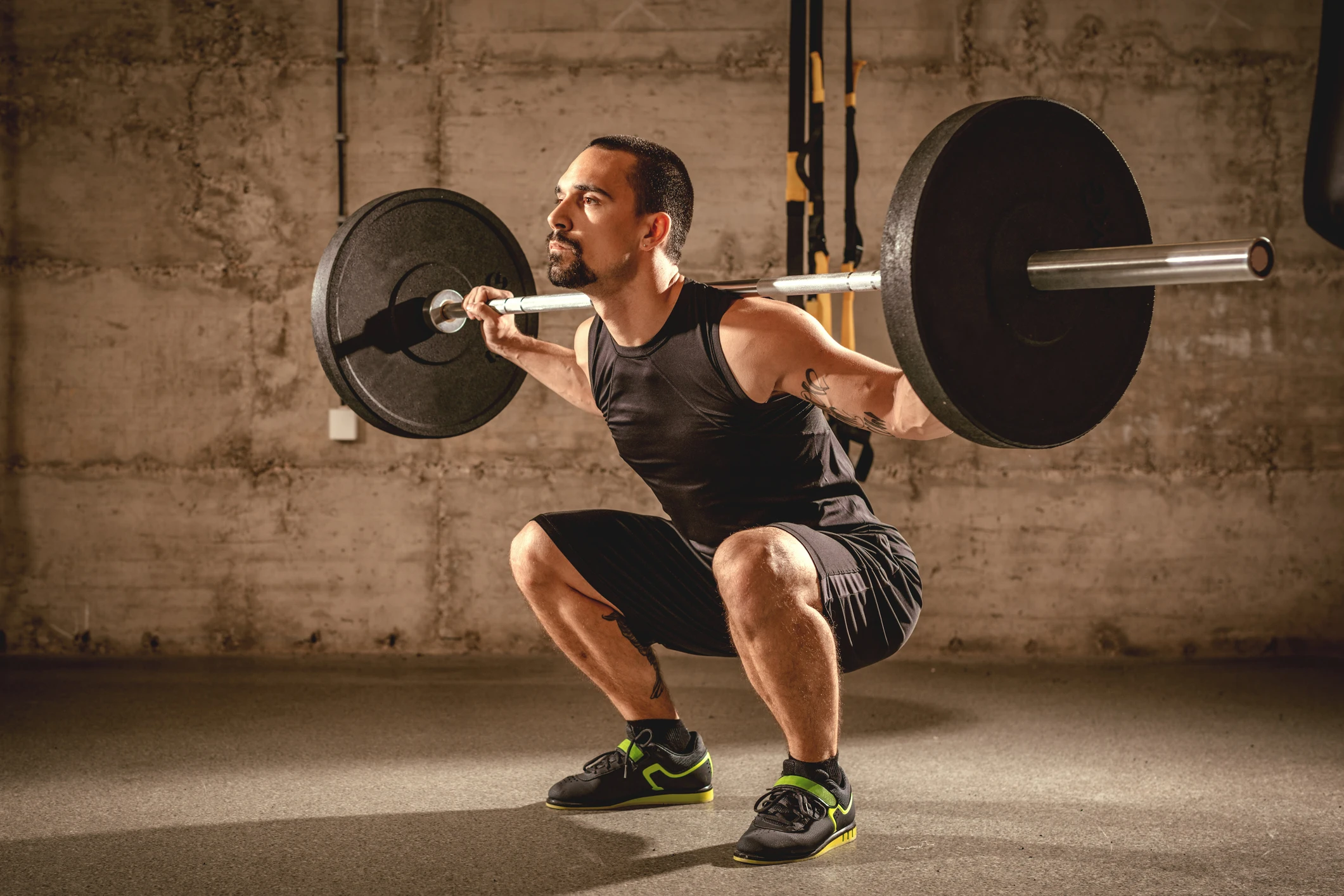
Strength
A Guide to Push, Pull, Legs
Are you looking for a new workout routine that can take your fitness to the next level? Push, Pull, Legs might be just what you need. This popular training programme is designed to challenge your entire body and maximise muscle growth. But what exactly is Push, Pull, Legs and how can it benefit you? In this article, we will explore the ins and outs of this routine and provide you with all the information you need to incorporate it into your workouts.
1 min read
Published on
January 3, 2024
Written by
EDGE
Share this article
What is Push, Pull, Legs?
Push, Pull, Legs (PPL) is a popular workout split that is designed to target different muscle groups on different days of the week. It is a highly effective training approach that has gained recognition for its ability to optimise muscle growth and overall strength. PPL is a versatile training method that can be customised depending on individual goals and preferences. Whether you are a beginner or an experienced gym-goer, implementing the Push, Pull, Legs routine into your fitness regime can help you reach your full potential.
Understanding the Basics of Push, Pull, Legs
In order to fully appreciate the benefits of Push, Pull, Legs,you first need to understand the basic structure and concept behind it. The routine is divided into three main workout sessions: Push, Pull, and Legs. Each session focuses on specific muscle groups, allowing for proper recovery and maximum efficiency.
The "push" session targets muscles involved in pushing movements, such as chest, shoulders, and triceps. This session includes exercises like bench press, shoulder press, and tricep dips.
On the other hand, the "pull" session focuses on muscles involved in pulling movements, including back and biceps. This session typically includes exercises like pull-ups, rows, and bicep curls. By incorporating these exercises into your routine, you can strengthen your back muscles and improve your pulling power.
Last but not least, the "legs" session targets the lower body muscles, such as quads, hamstrings, calves and glutes. This session often includes exercises like squats, lunges, and calf raises. By dedicating a session solely to your lower body, you can build strong and powerful legs.
Benefits of the Push, Pull, Legs Routine
PPL is a great workout routine for anyone looking to maximise time, growth and recovery. It doesn’t matter if you’re a gym newbie or veteran, a PPL routine will have benefits for you.
Muscle growth - If you’re focusing on maximising muscle growth, PPL is the perfect split. It allows you to train each muscle group twice a week, with ample time between to rest and recover.
Recovery - As well as maximising your growth, PPL allows plenty of time between days to rest and recover. Other splits, such as upper body/lower body, target multiple and often opposing muscle groups, such as back and chest, which means you’ll need to wait longer between sessions to allow your body to recover. By separating chest and back (push and pull) exercises into their own sessions, you allow those muscle groups the time to recover and grow.
Time & efficiency - Training ‘push’ muscles in a single session creates overlaps where related (accessory) muscles are used. For example, when doing bench press for chest, your triceps and front delts are also used (albeit to a lesser extent), helping you to maximise the efficiency of your training sessions. It can also help speed up your training, as all muscles in the group (push, pull or legs) are being trained throughout the session.
Another advantage of the PPL routine is its versatility. Whether you’re a beginner or an experienced lifter, you can customise the exercises and intensity to suit your fitness level and goals. Additionally, this programme can be easily modified to accommodate different training preferences, such as incorporating supersets, drop sets, or other advanced techniques.
How to Perform the Push, Pull, Legs Split
Push, Pull, Legs is easy to incorporate into your workout plans, but you should always go to the gym with a plan. This will help you to manage your time and maximise results.
For each training session, aim to perform 3-4 exercises per muscle group. Aim for 8-12 repetitions per set. Remember to maintain proper form and focus on the mind-muscle connection to ensure maximum effectiveness.
When choosing what exercises or movements to do for each day, choose exercises that challenge you and allow for progressive overload. Progressive overload is the gradual increase in the stress placed on your muscles, which is essential for muscle growth and strength development. So, take your time, focus on proper form, and push yourself to new limits with each training session.
Common Mistakes to Avoid in Push, Pull, Legs Training
While the Push, Pull, Legs routine is highly effective, there are some common mistakes that can hinder your progress. One mistake is neglecting proper form. It is crucial to perform each exercise with correct technique to prevent injuries and ensure optimal muscle engagement.
Another mistake is not incorporating enough variety into your workouts. While consistency is important, constantly challenging your muscles with different exercises, rep ranges, or training techniques can help prevent plateaus and keep your workouts exciting.
Many people also overlook the importance of nutrition and rest in their training. To maximise your progress, ensure you are consuming enough protein and nutrients to support muscle growth and repair. And don't forget to prioritise sleep and recovery, as this is when your muscles truly grow and adapt.
Example Push, Pull Legs Routine
Here's a 3-day Push, Pull, Legs (PPL) workout routine for you. Remember to warm up before each workout and use proper form to prevent injuries. You can adjust the weights and intensity based on your fitness level and goals.
Day 1: Push (Chest & Triceps)
-
Warm-up
5-10 minutes of light cardio (e.g. jogging, cycling) and dynamic stretches
-
Bench Press (Dumbbell or Barbell)
3 sets, 6-8 reps
-
Incline Dumbbell Press
3 sets, 8-10 reps
-
Dumbbell Flys
3 sets, 8-10 reps
-
Skull Crushers
3 sets, 8-12 reps
-
Dumbbell Lateral Raises
3 sets, 8-12 reps
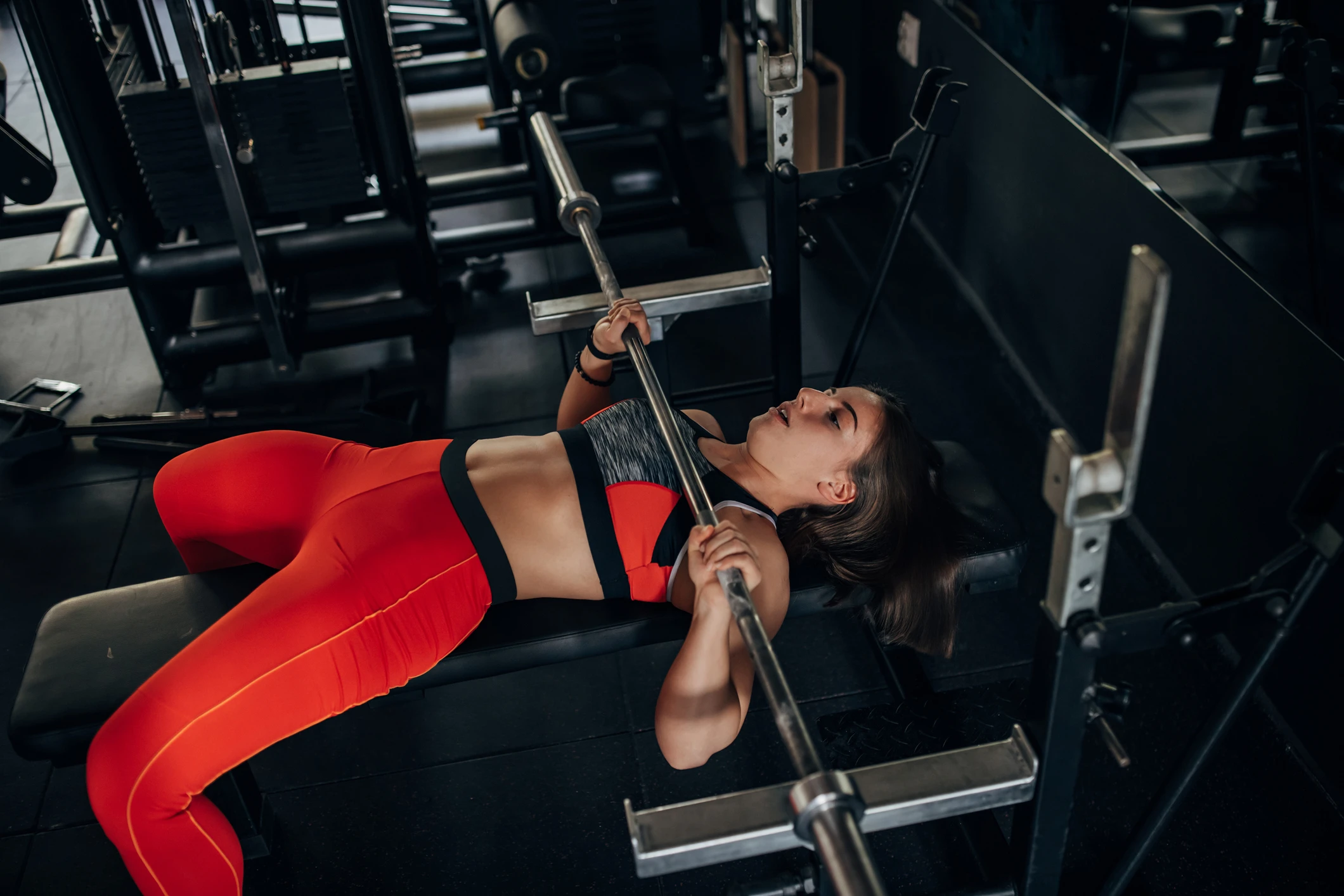
Day 2: Pull (Back and Biceps)
-
Warm-up
5-10 minutes of light cardio (e.g. jogging, cycling) and dynamic stretches
-
Pull-ups or Lat Pulldowns
3 sets, 8-12 reps
-
Bent-over Barbell Rows
3 sets, 8-12 reps
-
Seated Cable Rows
3 sets, 8-12 reps
-
Bicep Curls (Barbell or Dumbbell)
3 sets, 8-12 reps
-
Hammer Curls
3 sets, 8-12 reps
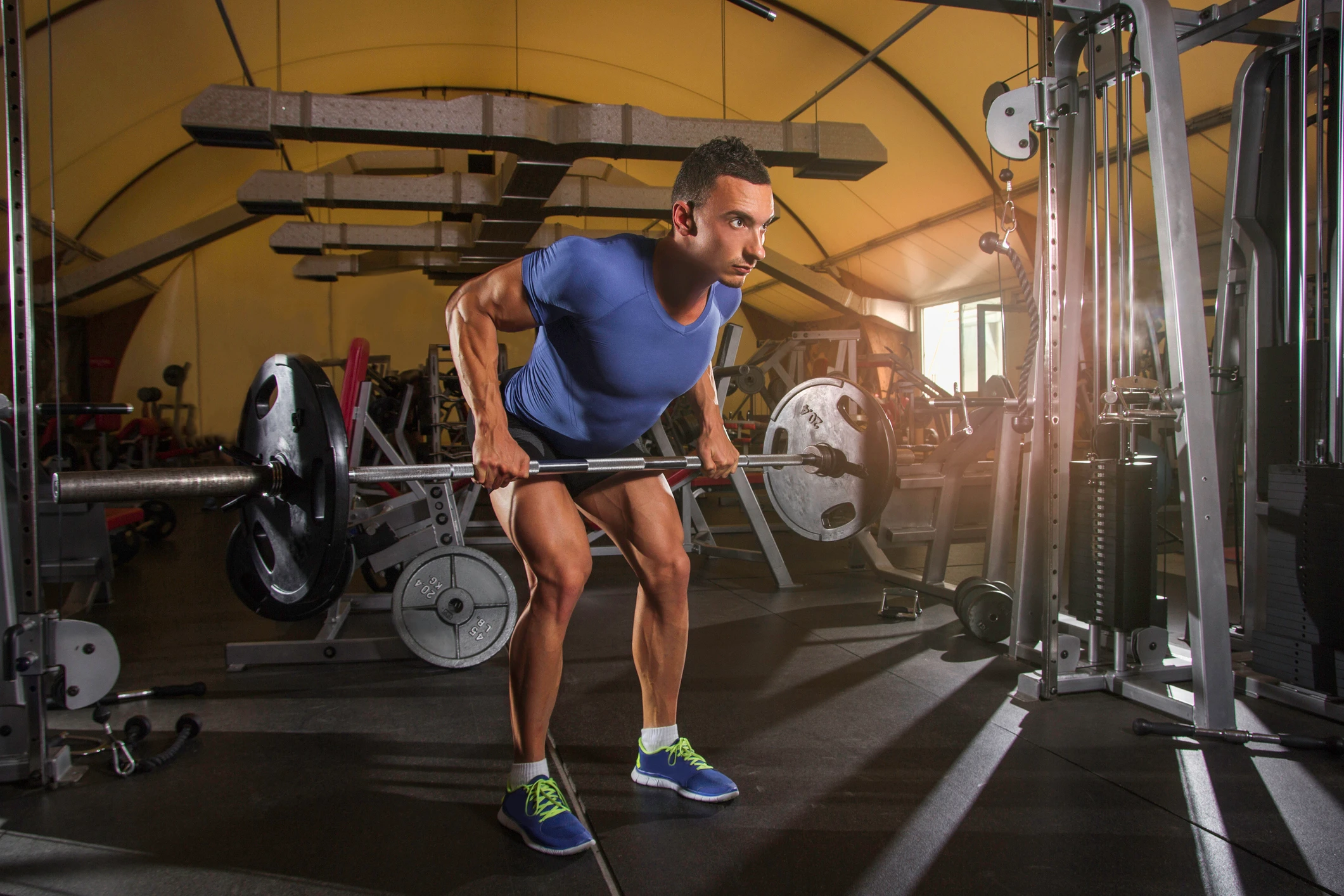
Day 3: Legs
-
Warm-up
5-10 minutes of light cardio (e.g. jogging, cycling) and dynamic stretches.
-
Barbell Squats
3 sets, 6-10 reps
-
Romanian Deadlifts (Barbell or Dumbbell)
3 sets, 8-12 reps
-
Leg Extension Machine
3 sets, 8-12 reps
-
Leg Curls (Lying or Seated)
3 sets, 8-12 reps
-
Calf Raises (Standing or Seated)
3 sets, 8-12 reps
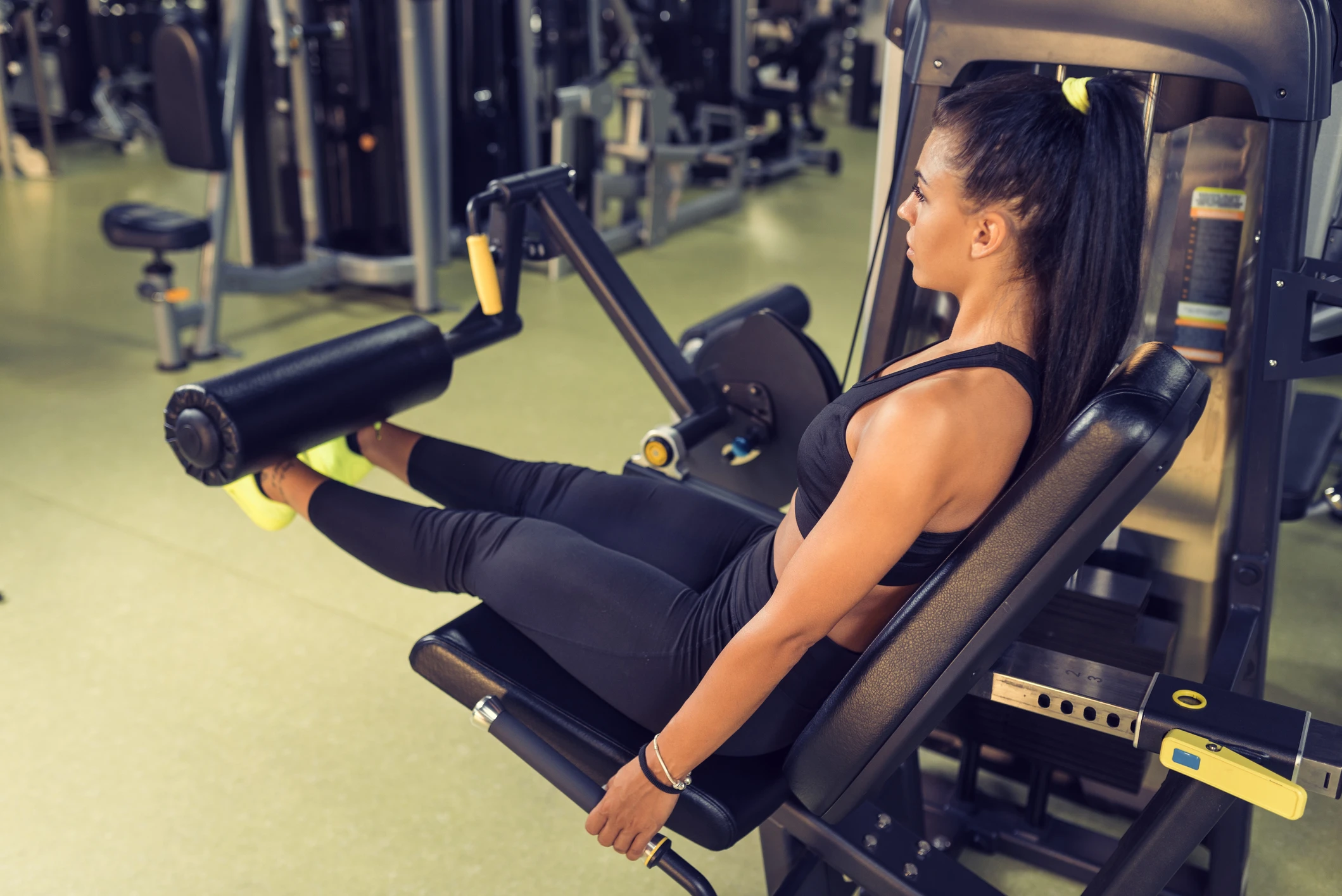
Rest: Take 1-2 minutes of rest between sets to allow adequate recovery.
Progression: Aim to increase the weight whenever possible, but prioritise maintaining good form.
Frequency: You can perform this routine 3 days a week (e.g. Monday, Wednesday, Friday) with a rest day between each workout or 6 times a week with a rest day in between.
Cooling Down: After each workout, perform some light static stretching for the major muscle groups worked.
Nutrition: Remember to fuel your body with a balanced diet and stay hydrated throughout your training.
Download a free push, pull, legs workout tracker here.
Blood test for
Weightlifters
Male & Female Tests
sports doctor review
Results in 2 working days
Flexible subscription
Medically Reviewed

This article has been reviewed by our medical expert
Our expert Dr Thom Phillips works in NHS general practice and has a decade of experience working in both male and female elite sport. He has a background in exercise physiology and has published research into fatigue biomarkers.
Read Next...
Get expert advice to help you improve your results.
Go to our knowledge center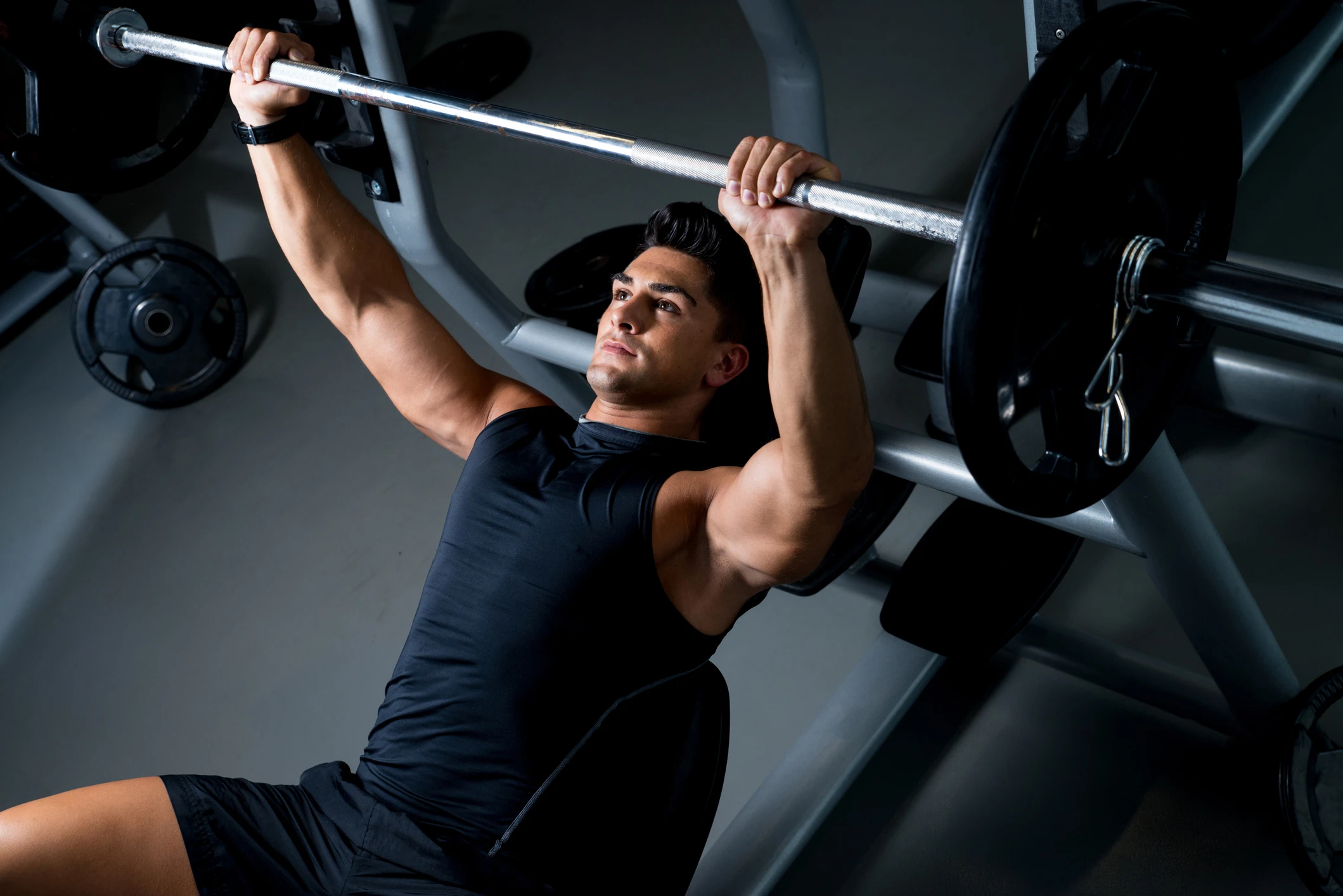
What are Supersets?
Strength
Get 10% off your first order
Want regular tips on how to make the most of your results? Join our newsletter and we'll give you 10% off your order!
